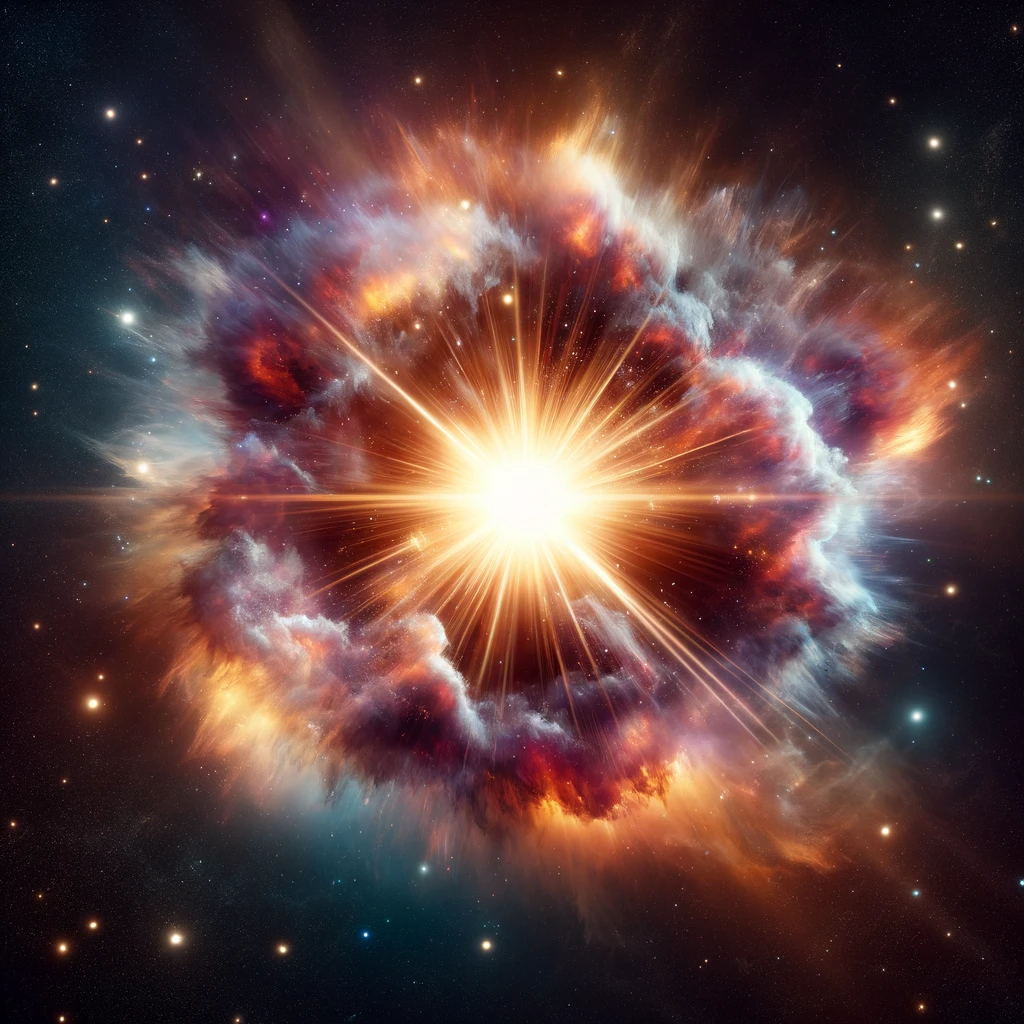Supernovas: The Spectacular Explosions of Stars
Supernovas, among the most powerful events in the universe, occur when a star reaches the end of its life and explodes. This post explores the phenomenon of supernovas, their causes, and their significance in the cosmos.
The Phenomenon of Supernovas
- Types: There are two main types of supernovas—Type I, caused by the detonation of a white dwarf in a binary system, and Type II, resulting from the collapse of a massive star.
- Energy Release: The explosion releases an immense amount of energy, briefly outshining entire galaxies and producing most of the heavier elements in the universe.
Role in Cosmic Evolution
- Chemical Enrichment: Supernovas forge and disperse elements like carbon, oxygen, and iron into space, essential for the formation of planets and life.
- Galactic Impact: The shockwaves from the explosions can trigger the formation of new stars and influence the evolution of galaxies.
Legacy of Supernovas
- Supernova Remnants: The aftermath of a supernova explosion, such as the Crab Nebula, leaves behind spectacular nebulae and sometimes a dense core, which can become a neutron star or black hole.
- Astrophysical Research: Observing supernovas helps astrophysicists understand the life cycles of stars, the distribution of elements, and the dynamics of galaxy evolution.
